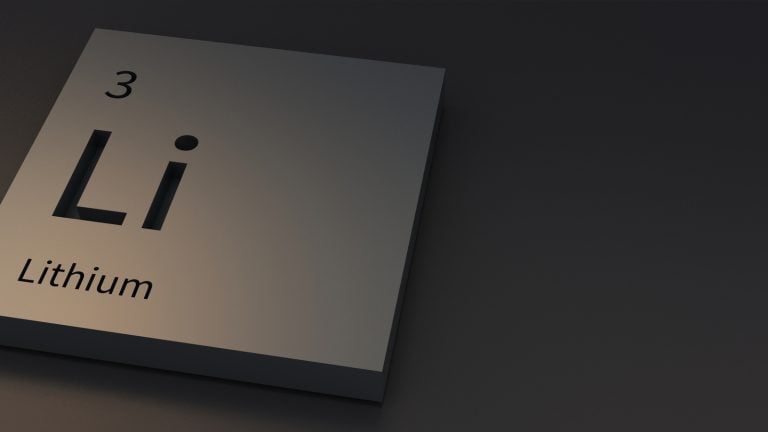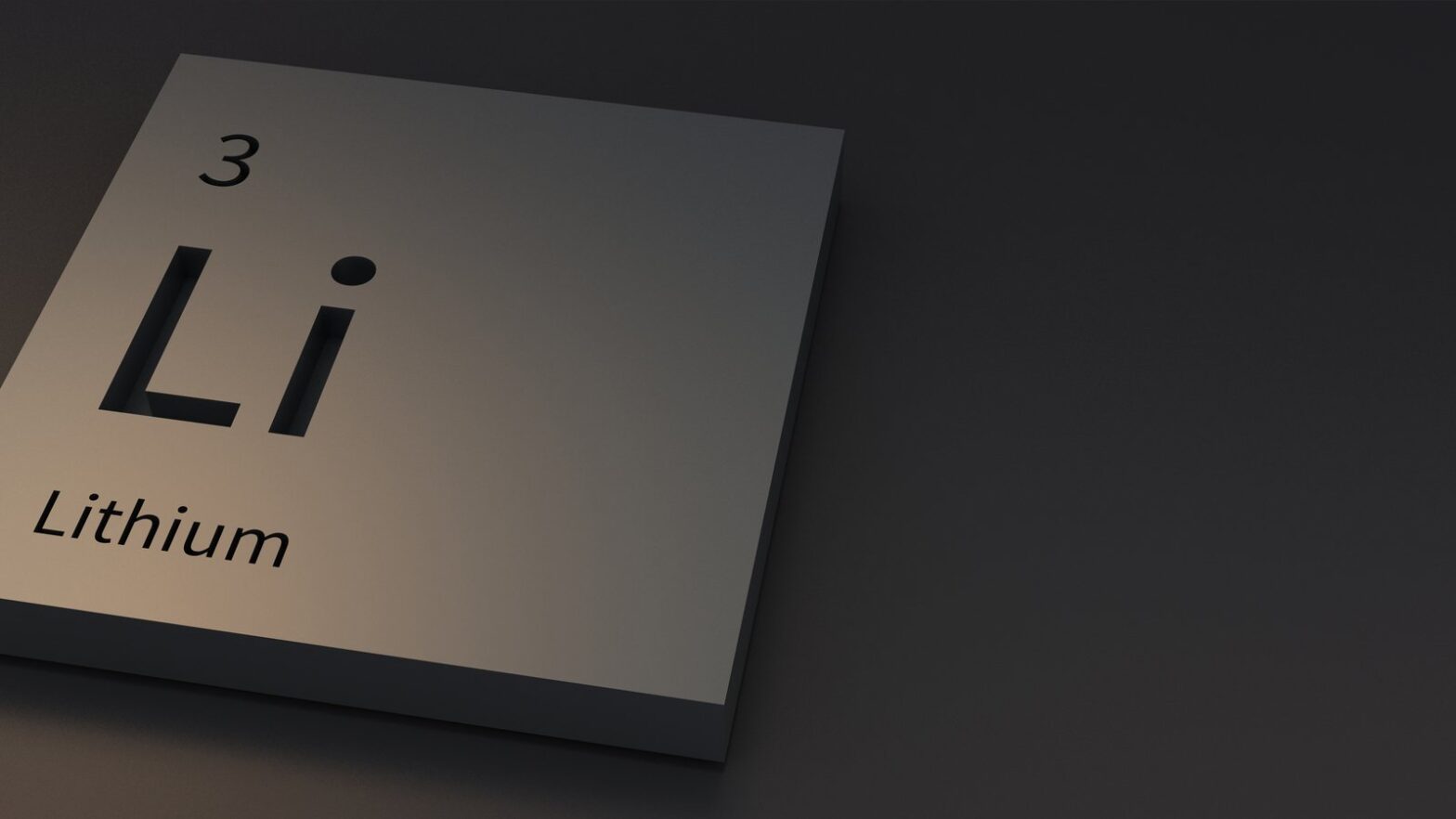Companies with quality lithium assets that provide healthy long-term cash flow visibility

Source: tunasalmon / Shutterstock.com
Lithium stocks are possibly among the most ignored stories from being the hottest commodities in the markets. That’s the nature of the markets, as reactions tend to be on the extremes. Of course, the plunge in lithium price had to be discounted, but most lithium stocks seem to be trading at a valuation gap.
For investors who are bullish on the lithium story for the long term, this is possibly the best time to accumulate lithium stocks. Estimates indicate lithium supply will increase to 2.14 million metric tons by 2030. The demand is estimated at 3.1 million metric tons for the same year. Therefore, there will be a supply deficit that’s likely to translate into firm lithium prices.
I must add here that analysts are expecting a global lithium shortage by 2025. It might not be long before lithium starts trending higher. Therefore, let’s talk about three lithium stocks that have millionaire-maker potential.
Lithium Americas (LAC)
Lithium Americas (NYSE:LAC) has been in the news with the U.S. Department of Energy‘s commitment to a $2.26 billion loan. The loan will help advance the construction of the Thacker Pass project, which will likely commence production in 2027.
The first phase of Thacker Pass is expected to have an annual production of 40,000tpa. It’s worth mentioning that the company has an offtake agreement with General Motors (NYSE:GM) for 100% of phase one production for 10 years. GM has also invested $650 million in the company in two tranches.
Once phase two production commences, an additional 40,000tps is expected from the asset. With Thacker Pass having a mine life of 40 years, there is robust cash flow visibility for the long term.
To put things into perspective, the average annual EBITDA during the first four years (Phase one) is expected at $1.1 billion. Between year and 40, the average annual EBITDA is likely $2 billion. A market valuation of $1.1 billion for the company seems small.
Albemarle (ALB)
Albemarle (NYSE:ALB) has witnessed a deep correction in the last 12 months, which is in sync with a decline in lithium prices. ALB stock, however, looks undervalued at current levels of $123. I expect some consolidation around these levels before the stock trends higher.
Undoubtedly, the company’s cash flow potential has been impacted. Further, Albemarle has scaled down its expansion plans. With these cost-cutting measures, the company expects to unlock $750 million in cash flows.
I would, however, look at the long-term picture. Albemarle has maintained its strategy to deliver volumetric growth at a CAGR of 20% through 2027. With strong financial flexibility, Albemarle is positioned to accelerate investments once market conditions improve.
As of Q4 2023, the company had a liquidity buffer of $1.8 billion and reported net-debt-to-adjusted EBITDA of 1.1. With the company reducing its focus on mergers and acquisitions as a growth accelerant, I expect credit metrics to improve further.
Piedmont Lithium (PLL)
After plunging by 75% in the last 12 months, Piedmont Lithium (NASDAQ:PLL) is among the most undervalued lithium stocks to buy. With the stock remaining sideways in the last one month, I see early signs of bottoming out.
Further, considering the value of assets, I expect a multi-fold return once lithium starts trending higher. It’s worth noting that Piedmont Lithium has a market valuation of $250 million. In comparison, the Ghana asset alone has an after-tax net present value of $1.3 billion. The Carolina and Tennessee assets also have a combined after-tax net present value of $4.5 billion.
There are two reasons for the deep valuation gap. First, the deep correction in lithium. Further, the need to finance the projects. I expect PLL stock to skyrocket once the key assets close the financing gap. It’s therefore a matter of buying and holding with patience as the underlying asset will create value.
On the date of publication, Faisal Humayun did not hold (either directly or indirectly) any positions in the securities mentioned in this article. The opinions expressed in this article are those of the writer, subject to the InvestorPlace.com Publishing Guidelines.

